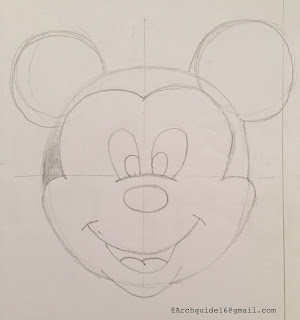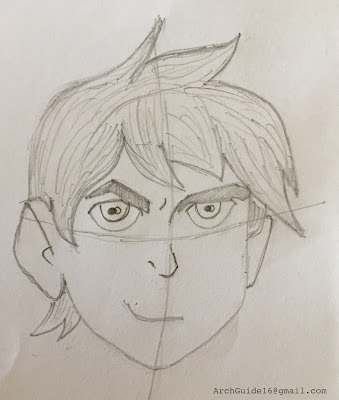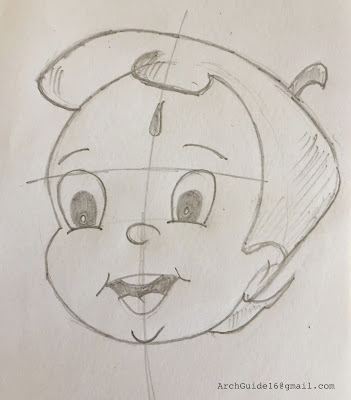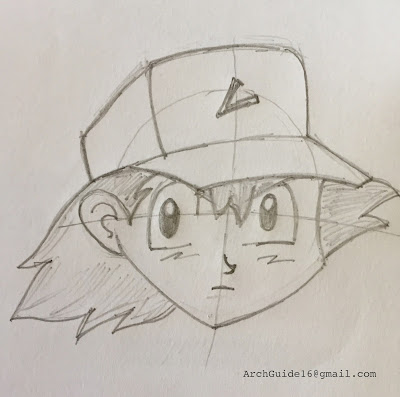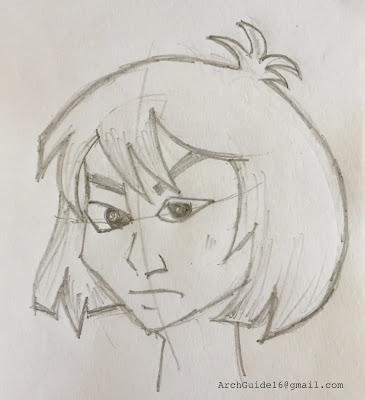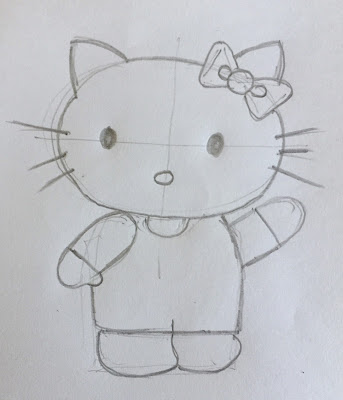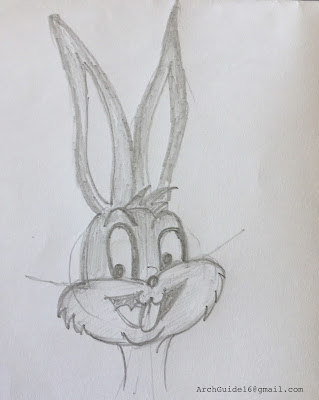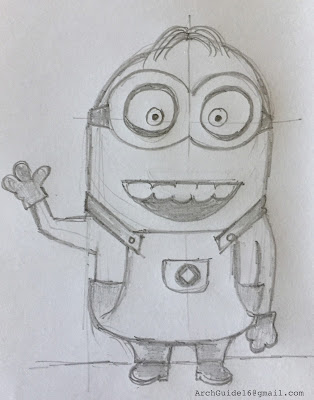 |
| Origami Paper Dress |
Last evening, I was playing with my daughter when she said she wanted to dress her dolls in some new attire. I made a paper dress for her doll. Seeing the cute paper dress she uttered a big 'wow' and began to play with it. Encouraged by her response, I decided to make some more pieces.
Quickly, I rummaged through the big stack of newspapers and magazines, sorted out some colored sheets and cut them into squares. Within a few minutes, I was ready with some more dresses.
We made a dress of almost every color of the rainbow, wrapped it around the doll and fixed the dress onto the doll's body using an elastic band. My eight-year-old daughter was occupied and kept herself amused for an hour after that playing with the dresses, dressing and undressing the doll with the different paper dresses - some for the morning wear, some for the evening wear, some for the party and so on...
Each of the dresses turned out so pretty, that I couldn't stop myself from posting them here.
Materials used: 12cm x 12cm Square Magazine paper
 |
| Origami Dresses of all colors |
 |
| The Doll in her original dress |
 |
| Yellow Origami Dress |
 |
| Red Origami Dress |
 |
| Green Dress |
This last white one is our favorite, for we added a small quilled red rose at the center of the dress.
 |
| White Dress with Rose |
Here's the tutorial to make the origami dress. You can try making one too.
Tutorial:
For the tutorial, I have used a yellow color magazine paper of size of about 10cm x 10cm.
 |
| Material used: Magazine paper, 10cmx10cm |
Step 01: Start by folding the paper it into half in the vertical direction. Note the crease. Its mountain fold on the yellow side. If you are using one side colored sheet then you must start keeping the white side on top and fold it into half. So you will see a mountain crease on the colored side.
 |
| Step 01: Fold into half vertically |
Step 02: Keeping the white side on top, fold in the two sides to meet at centre.
 |
| Step 02: Fold in two sides to meet at centre |
This is how it would look with the yellow side facing on the top. The paper has been divided into 4 equal parts vertically.
 |
| The paper has 4 equal vertical divisions. |
Step 03: Note the black hidden lines made on the two sides for valley folds.
 |
| Step 03: Note the hidden lines for the next fold |
Fold in the two sides one by one along the hidden lines to meet at the centre.
 |
| Fold in the right side to touch at centre. |
This is how it would look once both the sides meet at centre.
 |
| Folding in the two sides |
Step 04: Now note the next two horizontal lines marked on the paper for making a step fold.
 |
| Note the lines for making the step fold |
This is how it would look after making the step fold.
 |
| Make the step fold |
Step 05: Now pull out the sides of the dress and crease well and flatten them. Also at the top, make small triangular folds for the collar.
 |
| Step 05: Pull out the sides of the dress and fold the collars |
Step 06: Turn over. Now fold in the top and squash fold the triangles.
 |
| Step 06: Fold in the top sides and squash them |
Step 07: Fold in the two sides along the small triangles made at the top, along with the bottom sides of the dress and crease well.
 |
| Step 07: Fold in the sides as shown |
Step 08: Fold out the sleeves as shown.
 |
| Step 08: Fold out the sleeves as shown |
Step 09: Turn over and the paper dress is ready.
 |
| Turn over and Done |
Do try making these cute origami dresses. I am sure you will have as much fun as we did.
Am trying to make some small paper houses too for my kid..will try to post it soon...till then Happy folding!
---


















































